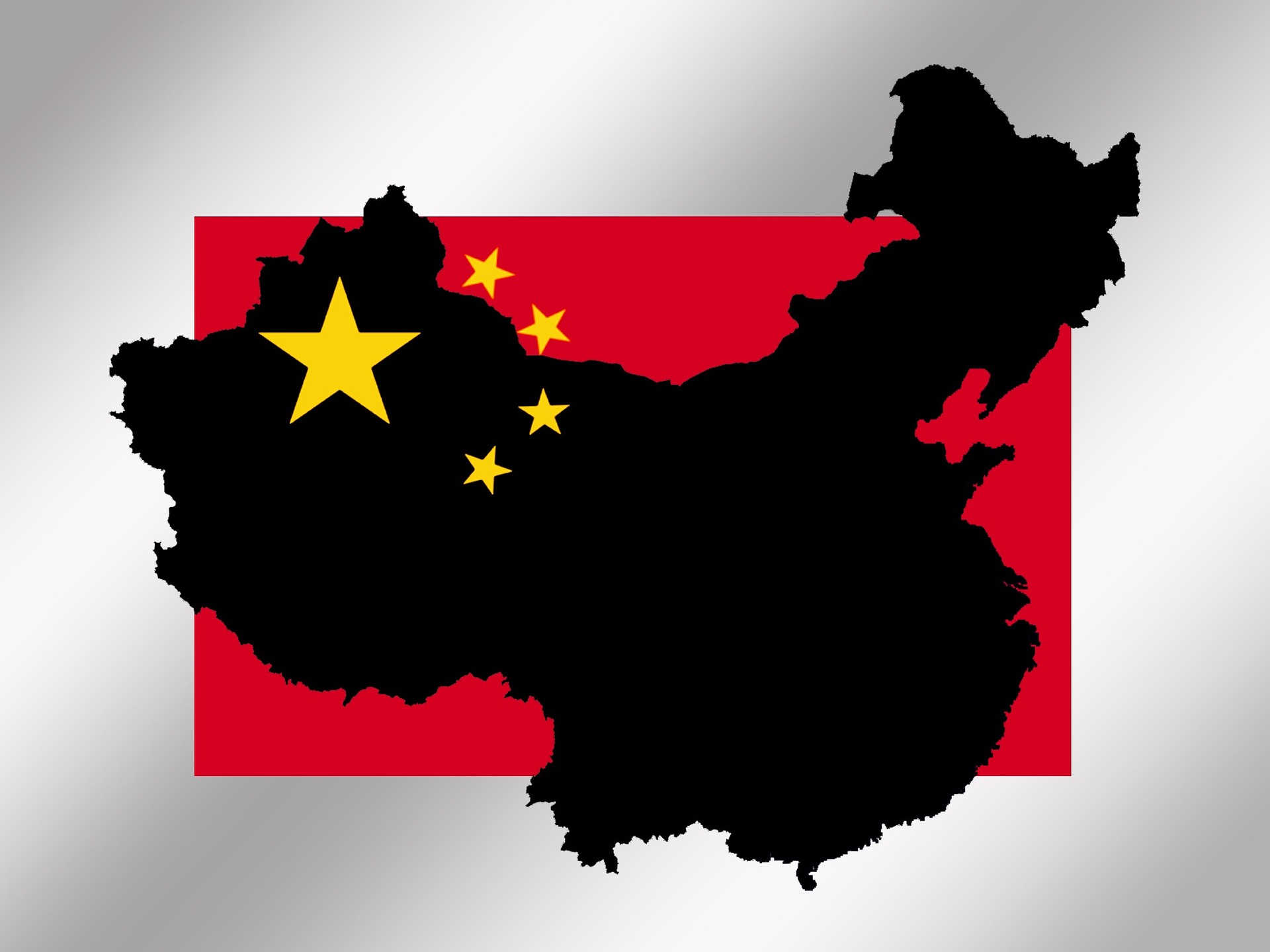
Sustainability of Chinese Actions along the LAC and Repercussions of Xi’s Anti-Corruption Campaign
Sat, 19 Dec 2020 | Reading Time: 7 minutes

The prolonged border standoff along the LAC between India and China since April 2020 has now lasted 8 months. This was triggered by China’s unilateral attempts at intrusions in a major breach of bilateral agreements, signed since 1993, and ongoing negotiations, since 1988, on the boundary question. Despite consistent communication between both sides across multiple levels to put the relationship back on track, China’s inability to understand the strong national sentiments in India due to the killing of its soldiers, a first since 1975, has significantly damaged the relationship. India has persistently reiterated that maintaining peace and tranquillity along the border is the basis for all-round development of bilateral relations and hence China has to withdraw its amassed troops along the LAC and return to pre-April 2020 positions along the LAC if it wishes to engage comprehensively with India.
Various assessments of the situation have identified India’s border infrastructure push including the construction of the Daulat Beg Oldi land connectivity, at proximity to the Karakoram pass; China’s unhappiness at the revocation of Article 370 in Jammu and Kashmir in August 2019 and the subsequent reorganisation of Ladakh into a centrally administered Union Territory in October 2019; and its opportunistic manoeuvres amidst the Covid 19 pandemic to hit back at India for surprising it in Doklam in 2017 as significant reasons for China’s actions along the LAC. Yet, equally significant reasons include recent internal developments within China, in particular growing international criticism on China for Covid’s origin, which continues to pose a challenge for President Xi Jinping (Xi). Identifying another significant internal factor, this paper attempts to outline the impact of Xi’s persistent anti-corruption campaign since 2012 on China’s civilian and military establishments; its future momentum amidst a slowing economy; and the takeaways for India particularly in the context of the standoff at the LAC and future bilateral engagements.
Xi’s Anti-Corruption Campaign
Anti-corruption has been on the agenda of every Chinese leader since the formation of the PRC. However, this campaign has significantly intensified following the conclusion of the 18th National Congress of the CPC in November 2012 with the elevation of Xi as General Secretary of the party. In his inaugural speech itself, Xi made special mention of corruption vowing to crack down on high and low ranking officials. He also warned his colleagues in the Politburo that corruption, if not dealt with strictly, would doom the party and state.
Xi has projected, to the Chinese people, the important role of the anti-corruption campaign in achieving the Chinese Dream. As General Secretary of the Party and Chairman of the Central Military Commission (CMC), he has established complete control of the campaign through direct oversight of the investigating agencies, the Central Commission for Discipline Inspection (CCDI), an organ of the party and the Commission for Discipline Inspection of the CMC (CDICMC), the corresponding institution in the military. Judicial bodies such as the Supreme People’s Procuratorate are also actively involved as they have the power to prosecute. Since 2012, the campaign has increased in intensity with each passing year. The campaign has not only implicated high ranking civilian and military officials called “Big Tigers” and low-level party workers called “Small Flies”, but has also focused on giving sustained warnings in the past few years to prevent further corruption.
Possible Reasons for the Sustained Campaign
Since reliable information flowing out of China is a major impediment, there are five possible hypotheses on Xi’s motivation for launching the campaign.
- First, Xi is using the campaign to purge political enemies.
- Second, the campaign is a factional war between the Taizidang/party of the princelings (children of erstwhile powerful CPC leaders) and Tuanpai/non-princelings (first-generation leaders). Xi, a princeling is using the campaign to target non-princelings.
- Third, the campaign endeavours to reduce the elder influence, in particular former President Jiang Zemin, in the form of retired cadres and bring in younger people with fresh ideas.
- Fourth, the campaign’s real focus is on building strong and clean institutions.
- Fifth, Xi is using the campaign to consolidate the political legitimacy of the party and its control over the military.
Tracing the evolution of the anti-corruption campaign over the last few years suggests that Xi appears to be motivated to achieve all the five hypotheses above.
Impact on Civilian and Military Establishment
In the civilian establishment, Xi has targeted cliques and factions formed around big tigers, economic and political interests, personal affiliations and professional associations including the Shanxi Gang, Pangu Society, Chongqing Clique, Jiangxi Gang, Yunnan Fiefdom, Guangdong Clique, Sichuan Clique, Xishan Society, Chengdu Industrial Investment Group, petroleum Faction etc. Prominent targets of the anti-corruption campaign include Zhou Yongkang, former Politburo Standing Committee member, a national security chief who enjoyed close relations with Jiang Zemin; Bo Xilai, Chongqing Party Secretary; Ma Jian, Intelligence Czar and Ling Jihua former senior aide to Hu Jintao. It is speculated that they are being replaced by new factions and cliques with close association to Xi. The Shaanxi Gang appears to be rising in influence within the Chinese national leadership.
The campaign has also significantly impacted the economic-industrial belt of China with a very high number of implicated officials from the South-Southeast like Sichuan, Yunnan, Jiangxi and Guangdong; East like Shandong, Jiangsu, Anhui and Hubei and North-Northeast provinces like Shanxi, Hebei, Liaoning, Nei Mongol, Heilongjiang and Jilin.
Xi’s campaign has also crossed China’s borders as corrupt Chinese officials in other countries are being repatriated back to face punishment. The Fox Hunt and Sky Net campaigns have led to bringing back of implicated people from numerous countries around the World. Chinese authorities are also consulting western authorities to share experiences from their anti-corruption campaigns.
In the military establishment, since the economic reforms of 1978, corruption in the PLA grew significantly. As China’s leadership invested in the economy to propel it as the factory of the World; it reduced financial allocation to the PLA. To offset this decrease, the leadership allowed the PLA to enter consumer commerce. Through the 1980s and 1990s, the Army set up over 20000-30000 business enterprises across China in the entertainment and financial industry. In 1998, President Jiang Zemin, concerned over the defence preparedness of the military to protect national security, launched a drive to halt this practice. However, this produced mixed results as PLA officers while abdicating direct responsibility of running lucrative businesses passed it on to immediate and extended family members. Corrupt practices involving trading bribes for favours, such as businesses trying to secure large contracts or subordinates seeking promotions for higher office continued.
Xi is better placed than his predecessors in dealing with corruption in the Military having served as secretary to Geng Biao, then Vice Premier and Secretary-General of the Central Military Commission, in the late 1970s. Moreover, his father, communist veteran Xi Zhongxun, was a revolutionary leader close to Mao Zedong. Thus, Xi Jinping has had a close view of the functioning of the military. After taking over the Presidency, Xi on several occasions has stressed on the importance of maintaining discipline in the PLA and strengthening its loyalty to the party.
Xi’s anti-corruption campaign has targeted all establishments including politicians, bureaucrats, security and intelligence officials, business persons, media, judiciary and particularly focused on the ‘military faction’ where officers in all 7 military regions have been implicated. As a result of the sustained campaign, the Nanjing military region faction, covering Jiangsu, Shanghai, Zhejiang, Fujian, Anhui, Jiangxi, appears to be emerging as a power centre in the PLA. Xi has served in the past in Fujian, Zhejiang and Shanghai.
Xi has used the anti-corruption campaign to also launch military reforms that are focused on building integrated commands, preparing for informatised technology-dominated warfare and cutting down troop strength to improve agility. Military salaries have also risen prominently with the pay of non-commissioned officers increasing by 40 percent and that of officers by 20-30 percent since 2014.
Key Takeaways for India
First, sections of the CPC are urging Xi to go slow on the sustained anti-corruption campaign. They are concerned with growing policy inertia among Chinese officials as they are becoming more cautious in making decisions involving risk contributing to an economic slowdown. However, the current intensity of the campaign and its impact, both in numbers and reach, makes it difficult to slow down. Xi may also be concerned that any slowing down of the campaign could have an impact on his image as a strong leader among the Chinese people. To continue with the anti-corruption drive, Xi is attempting to source new external markets for China’s manufacturing and industrial overcapacity through initiatives such as the Belt and Road, CPEC and BCIM to sustain economic growth. This endeavour has met with only limited success thus far. Any sustained drop in economic growth rate is expected to slow down the anti-corruption campaign particularly in implicating key officials and instead focus only on repeated warnings to prevent corruption. There are evident signs of the anti-corruption campaign focusing more on warnings than actual implications currently. With internal resistance persisting; external criticism over China’s role in the spread of Covid; and possibilities of a slowdown in the anti-corruption campaign amidst a stagnating economy, Xi appears to be attempting to create a resurgence in nationalism among the Chinese people as a distraction. This is possibly one of the significant reasons for the recent Chinese misadventures and the prolonged border standoff along the LAC with India.
Second, the anti-corruption campaign may have seriously undermined the work efficiency of the PLA as several senior members of its two most important departments, the General Political Department and General Logistics Department, have been indicted. Lieutenant General Gu Junshan, Deputy Head of the General Logistics Department, General Xu Caihou, a former member of the Politburo, the General Political Department and Vice Chairman of the CMC, Lieutenant General Yang Jinshan, a member of the central committee, are some of the prominent names that have fallen to the campaign. The competency of new officers, replacing fallen officials, in operational experience is yet to be ascertained. The PLA has also taken unprecedented steps in revealing the names of Generals and senior military officers who were convicted or under investigation or facing trial on corruption charges. The sustained campaign of publicly naming and shaming has caused resentment among sections of the PLA against the civilian leadership and could affect troop morale which in turn may impact on issues of national security. From an Indian perspective, it appears that China has also deliberately planned the LAC situation to assess its troop preparedness and the working efficiency of its military reforms; but the question arises will it make the situation at LAC sustainable for China?
Third, despite reports of internal resistance building up, a sustained intensity in the anti-corruption campaign has led to a consolidation of Xi’s position as the paramount leader at least for the next decade or two with term limits (10 years maximum) for the leadership now removed. From an Indian perspective, any future engagements with China, once current circumstances on the LAC returns to pre-April 2020 status quo, could focus on Chinese officials who have Xi’s confidence and trust. This includes key politburo standing committee members such as Li Zhanshu, Vice President Wang Qishan and Ding Xuexiang who heads the General Office of the Party, its General Secretary Xi Jinping and also of the National Security Council.
Fourth, an important factor for corruption in China has been the lack of accountability and transparency in the lower and middle levels of governance. If the anti-corruption campaign continues to progress intensely in the near future, Xi may attempt to increase accountability and transparency at the lower and middle levels of governance while continuing to maintain secrecy in decision making at the party’s highest levels. From an Indian perspective, an existing dialogue is between Indian states and Chinese provinces out of the 35 plus bilateral dialogues with China. This platform could become very effective in the future in enhancing bilateral economic cooperation, particularly Indian investments, as it is expected that there would be greater democracy, transparency and accountability at the local and provincial level in comparison to at the national level.
*******
Disclaimer
The opinions expressed in this article are the author’s own and do not reflect the views of Chanakya Forum. All information provided in this article including timeliness, completeness, accuracy, suitability or validity of information referenced therein, is the sole responsibility of the author. www.chanakyaforum.com does not assume any responsibility for the same.
Chanakya Forum is now on . Click here to join our channel (@ChanakyaForum) and stay updated with the latest headlines and articles.
Important
We work round the clock to bring you the finest articles and updates from around the world. There is a team that works tirelessly to ensure that you have a seamless reading experience. But all this costs money. Please support us so that we keep doing what we do best. Happy Reading
Support Us




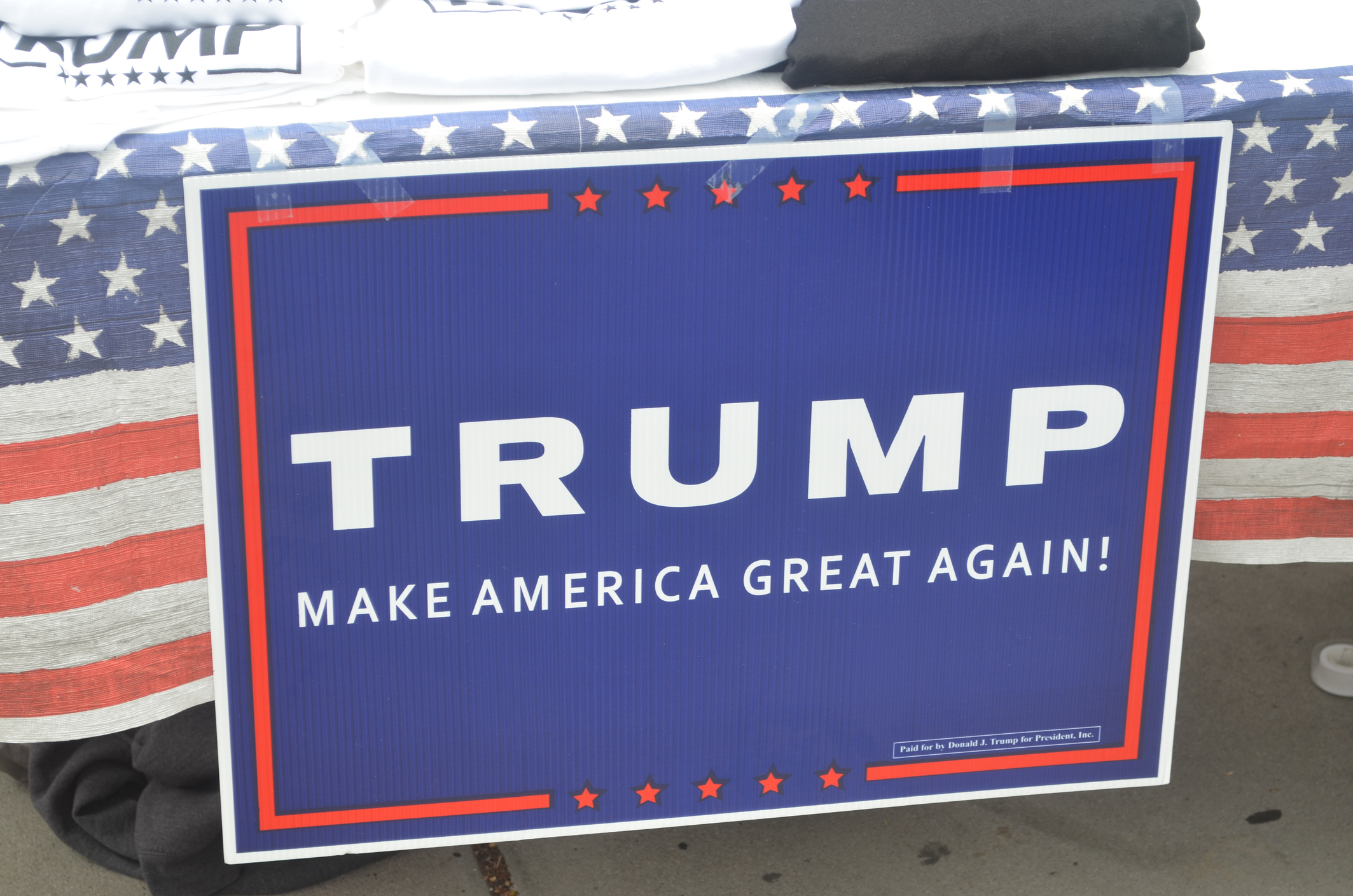
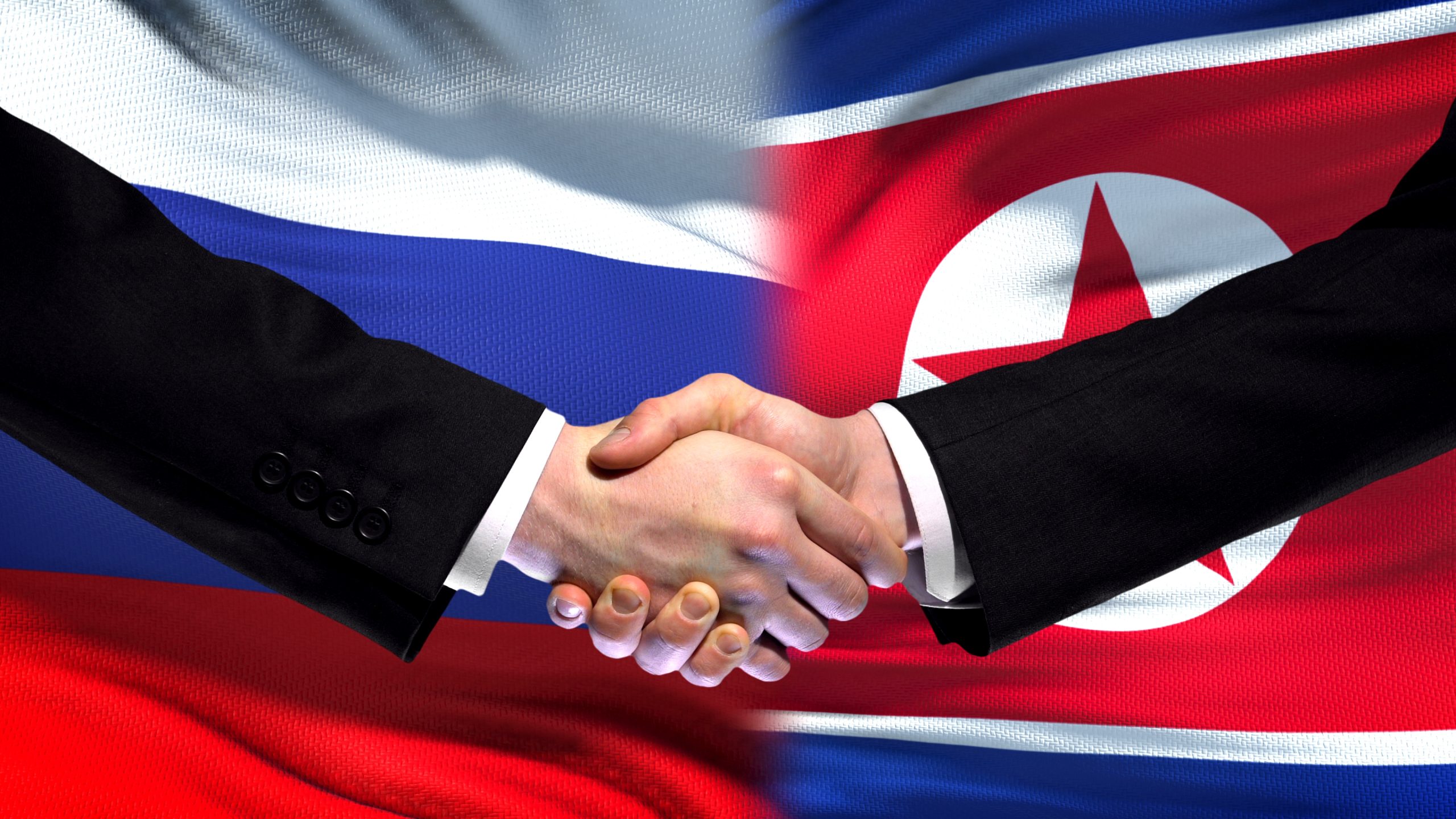
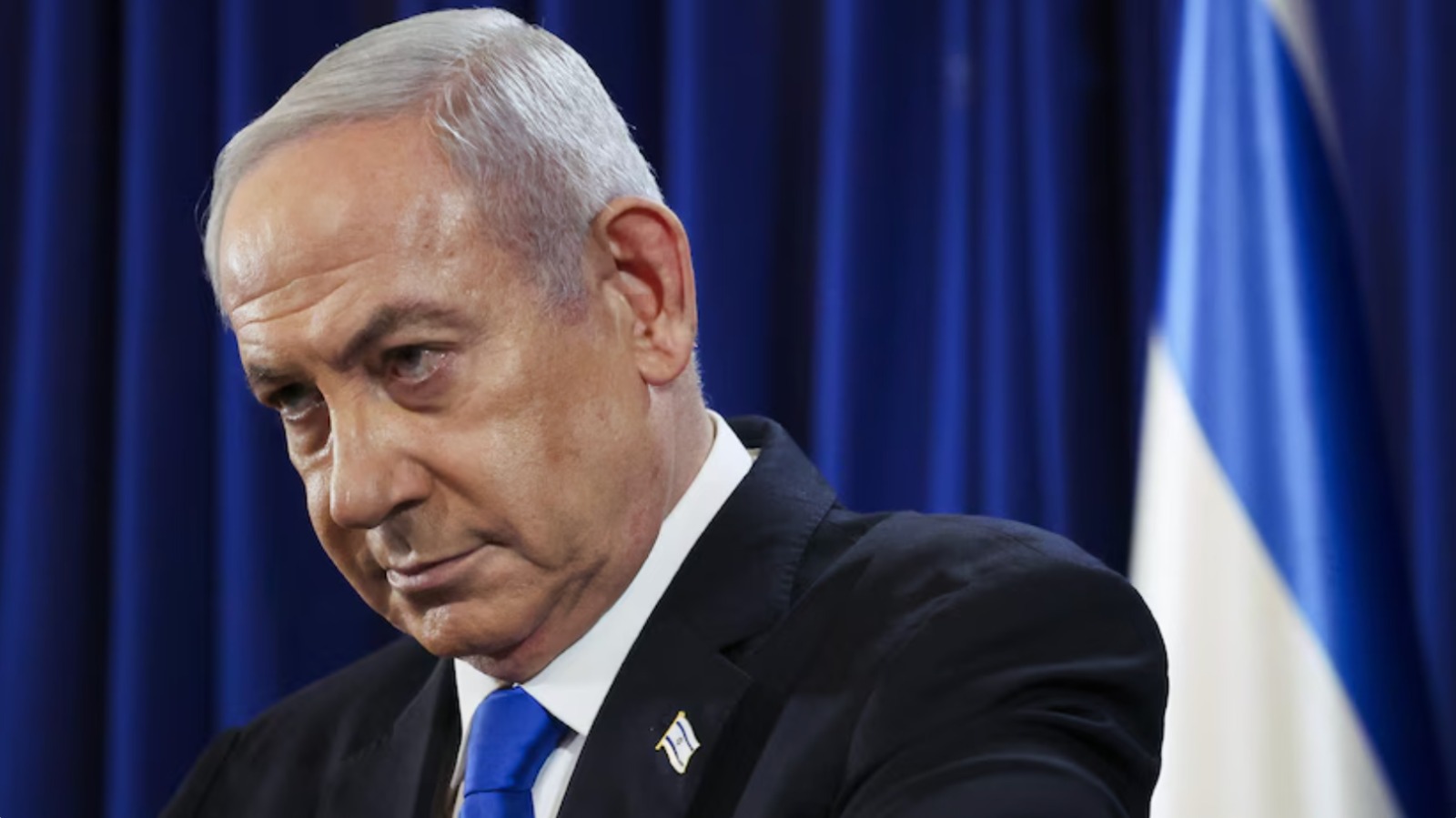
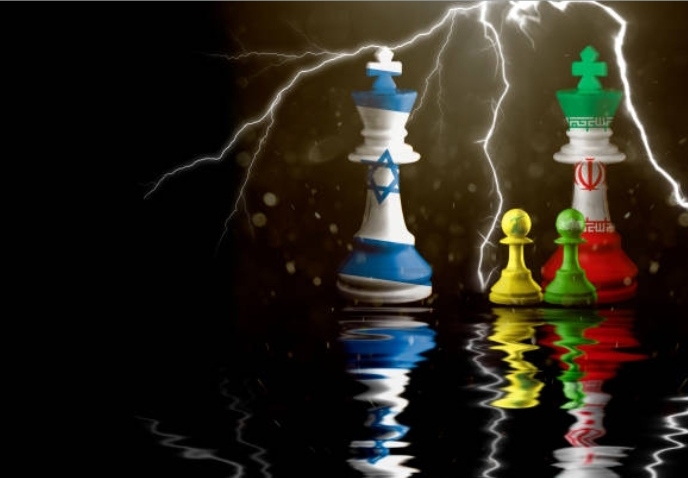

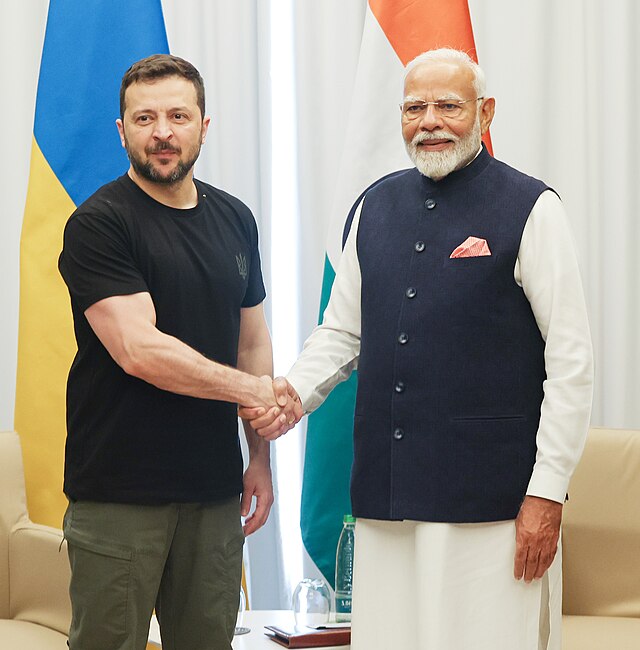
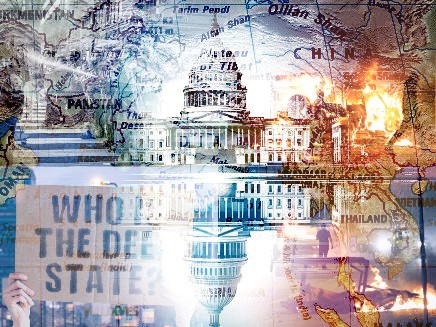
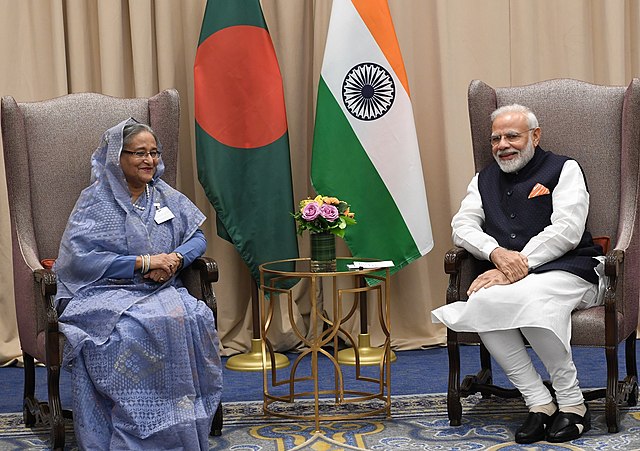








POST COMMENTS (2)
Professor Anand Singh
G.Kishore Babu,Editor,World Focus .www.worldfocus.in